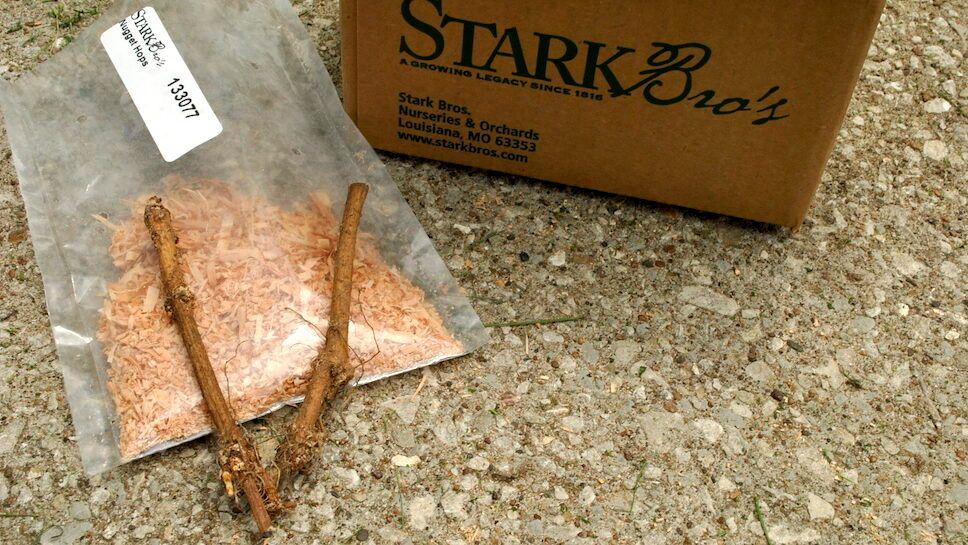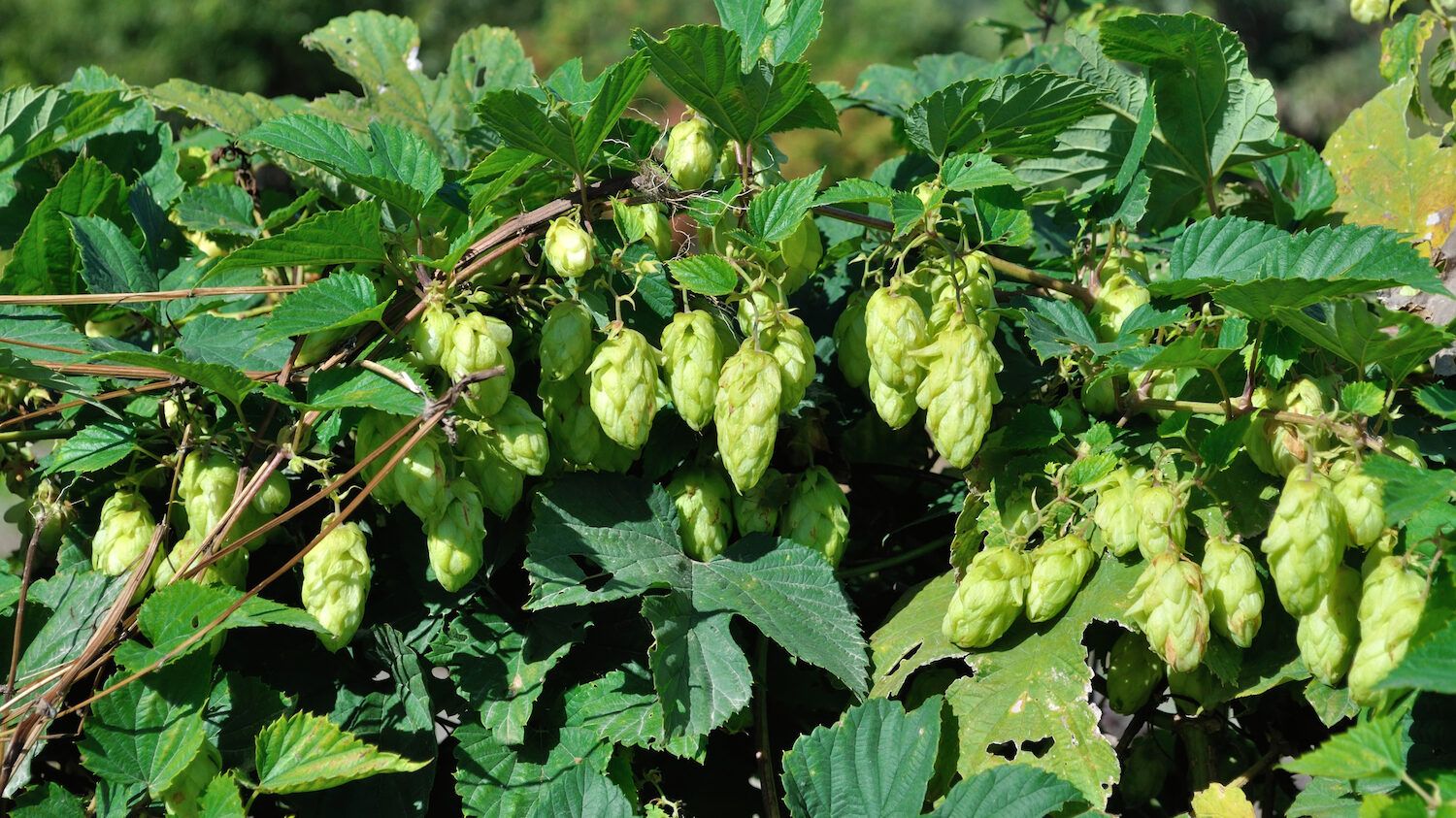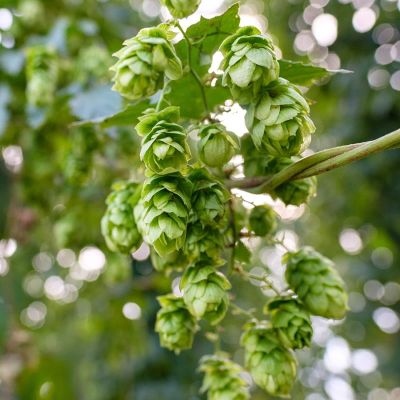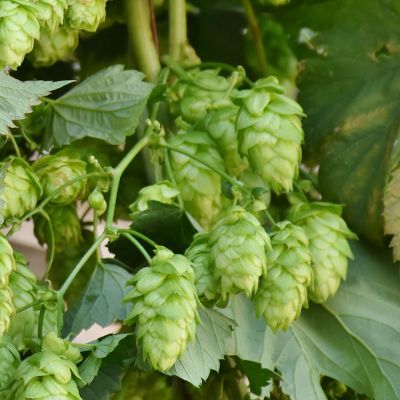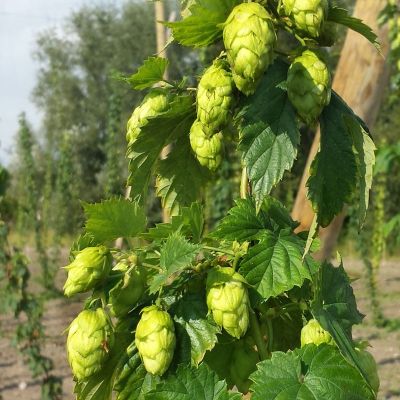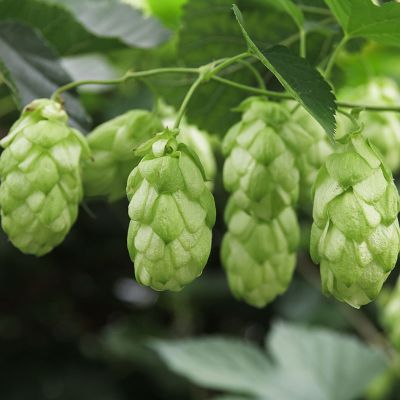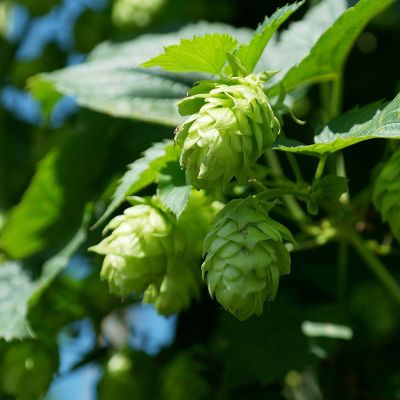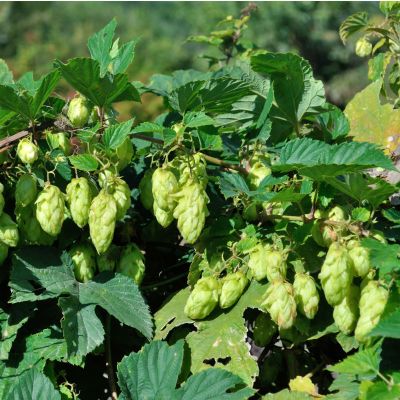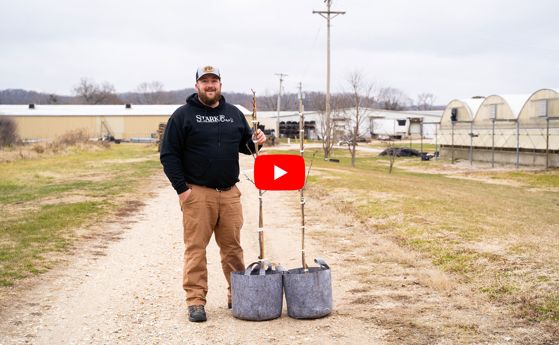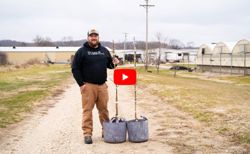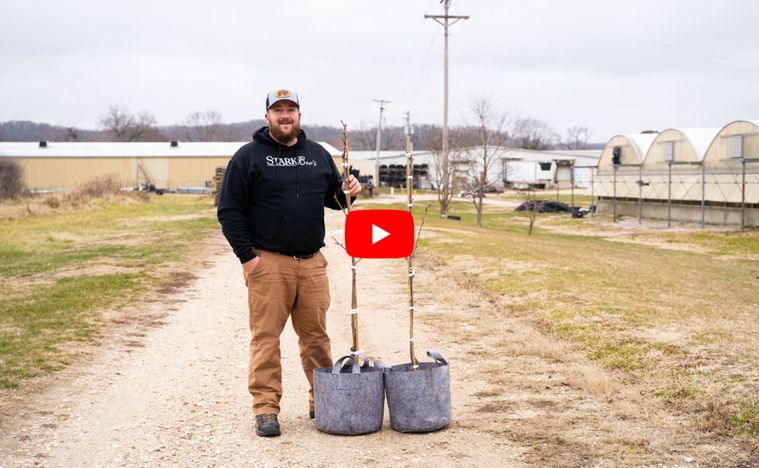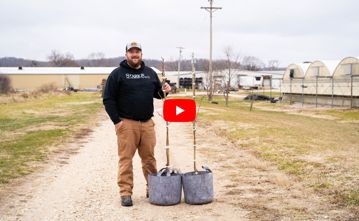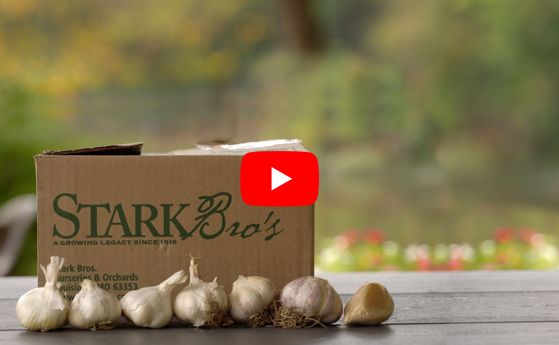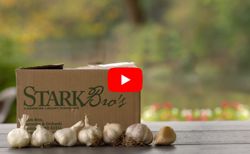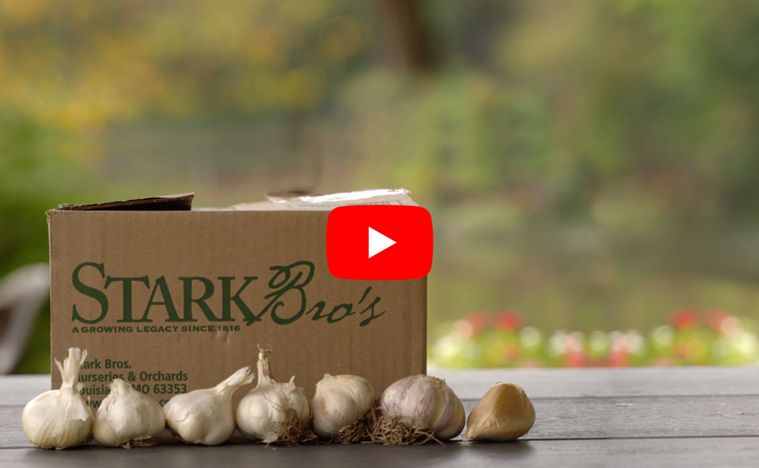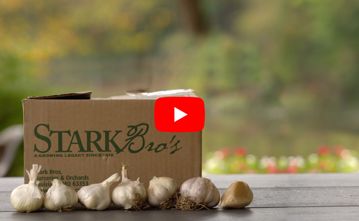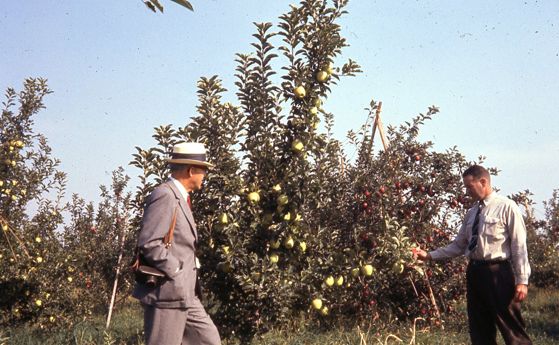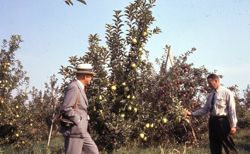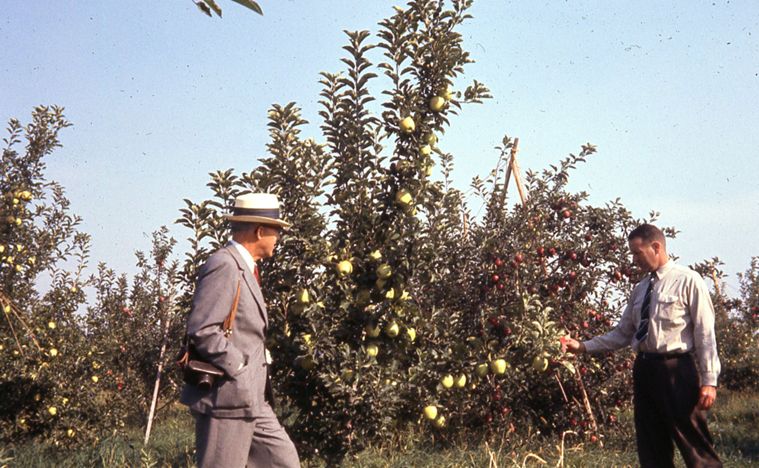8 Questions & Answers All About Hops
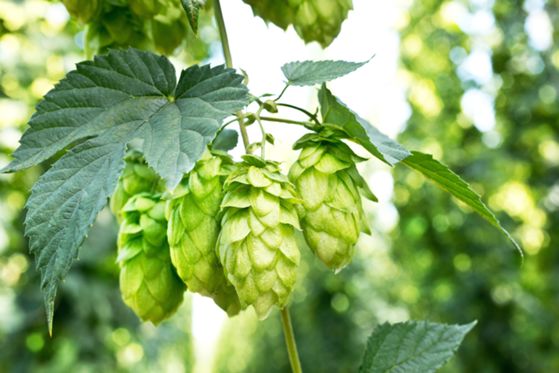
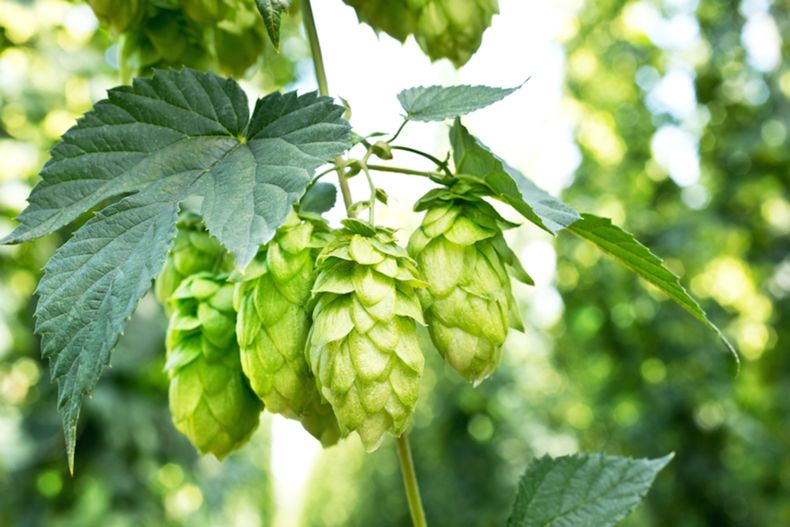
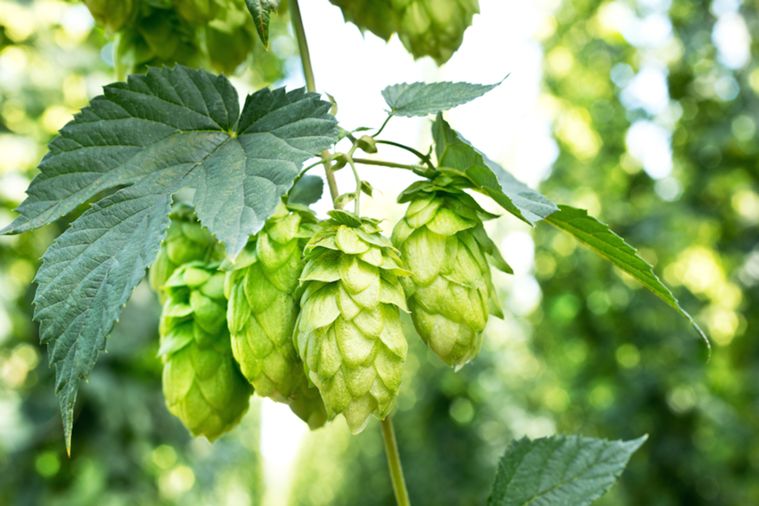
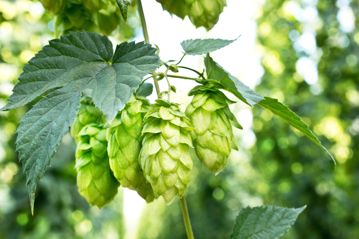
You read that right: the long stems of the common hop are considered bines, not vines. What's the difference? Unlike vines that use tendrils and other means to climb, bines climb with the help of short, stiff hairs along the stems. Hops cones, which vary in shades of green and yellow, are used in herbal remedies – like teas that help you sleep – and as a main ingredient in beers for desirable flavor, aroma, and bittering qualities. Many homebrewers are also interested in growing hops, so let's take a look at some of the common questions all about hops.
Hops: The common name for both the flowers that develop (called cones) and the bine itself, Humulus lupulus.
1. How do hop plants grow?
Hop bines are vigorous and sun-loving, and prefer to grow vertically – sometimes over 20 feet in a year! Before planting hops, it is recommended that you plan for where it will climb. If you have a balcony, existing arbor, or something similar, then you can train your hops to climb these structures. You can even grow hops along a sturdy fence. Full sun (at least 6-8 hours daily) is required for plant health and cone production. Start training new hop growth to the trellis when it's about 1-2 feet long.
Here are some examples for hops trellis ideas for the back yard:
Sometimes vertical space isn't available, so here are examples of "horizontal" hops trellises:
2. Where do hops grow?
Hops can be grown all over the country, and they thrive in most moderate climates (zones 5-8 on average). Well-drained, nutrient-rich soil is a must, since the roots are key to the production and longevity of a hops plant. Mulch to protect the root systems from cold damage and you're in good shape!
3. When is the best time to plant hops?
Spring. As long as your soil is thawed and workable, and the threat of frost has passed, you can prepare your garden for planting hops. Keep in mind, spring and summer are when hops really grow – even in their first year! First-year hops spend most of their energy getting their roots established so, while you may see a few cones, production really kicks in by the second year and beyond.
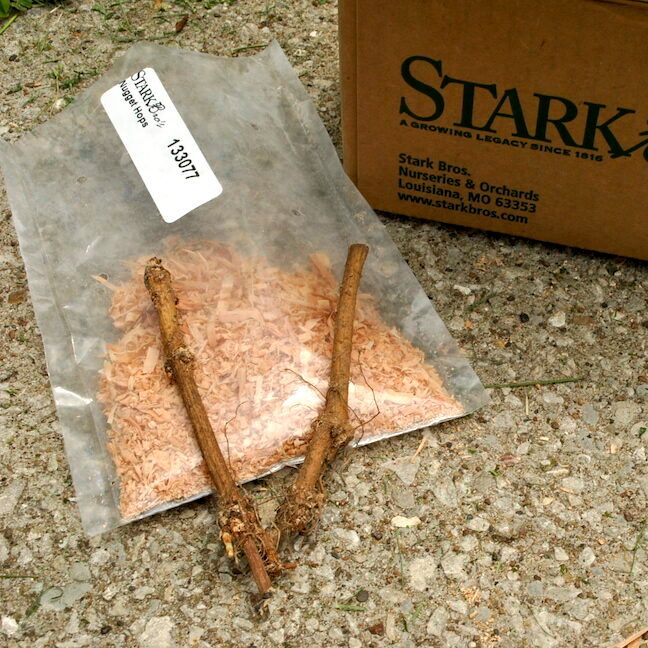
Bare-root hops are available as rootlike rhizomes in sawdust. After planting, these will send out roots and shoots as they grow, which will then develop into new hop bines. Plant these rhizomes a few inches deep (about 4-6) and be sure to cover with a couple inches of mulch after planting to keep weeds down, protect the root zone, and retain moisture so you don't have to water as often. You can plant vertically, with buds pointed upward, or horizontally if you aren't sure which direction the buds are pointing.
Potted hops are also available and these can be planted like other potted plants. Just carefully remove the pot, spread the roots, and set the plant in a pre-dug planting hole with enough room for the roots to grow. Backfill with soil, gently tamp with your hands to remove air pockets, and water thoroughly.
4. How often do hops need to be watered?
Since hop bines are vegetative and leafy, they do require regular watering — but do not plant in areas that are poorly drained or prone to standing water. Many hops growers prefer drip irrigation or soaker hoses to evenly distribute water to their hop bines without worrying about over- or under-watering. Specific amounts of water vary by location, weather, and soil type, so watch every day and see how quickly the soil dries so you can gauge how often to water your hop bines.
5. Do hops need to be fertilized?
Hop bines prefer nutrient-rich soil, so mulch and compost are great ways to keep the nutrient level up in your planting site. If needed, use a water-soluble fertilizer higher in Nitrogen and Potassium, as hop bines tend to use these nutrients the most.
6. How are hops harvested?
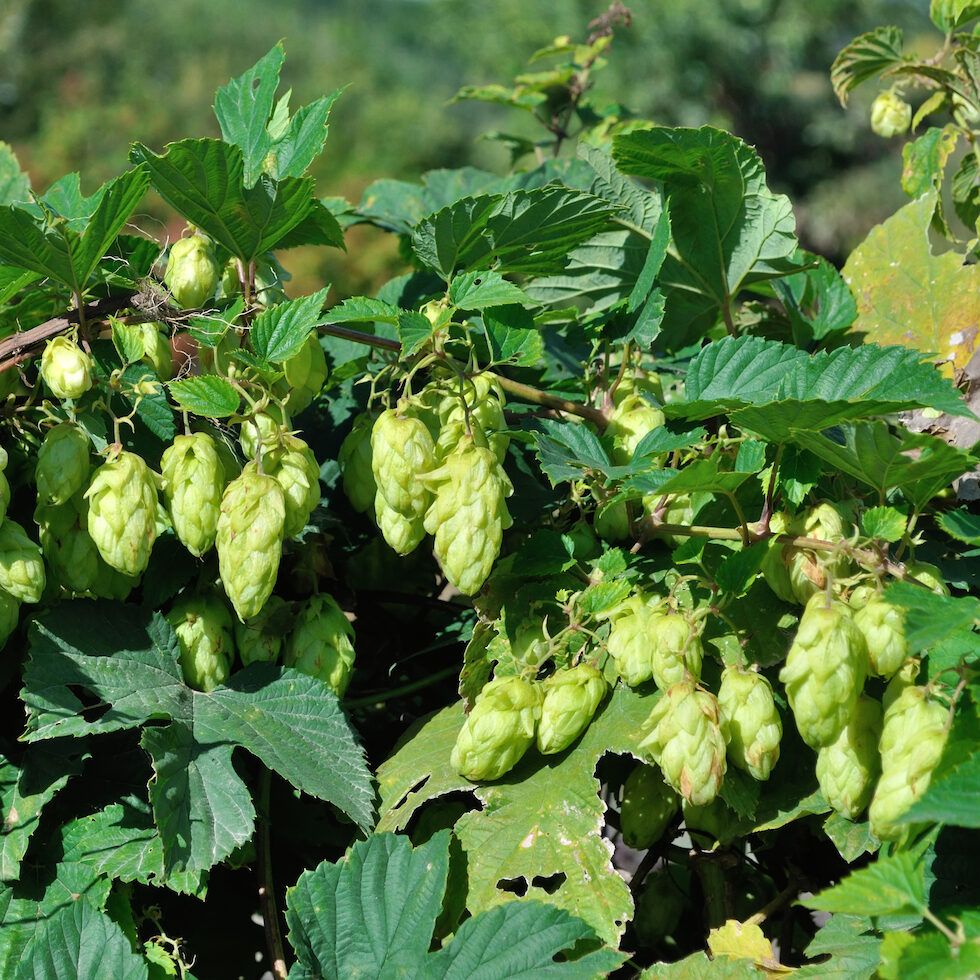
Depending on the variety, cones are usually ready for harvest in August or September. They tend to ripen at slightly different times, so you may want to harvest the ripe ones by hand, if you can safely reach them. A ripe cone is one that looks somewhat "puffed out" and has a soft, light feel. It will spring back to size when gently squeezed. Ripe cones are more dry and fragrant than unripe cones. Unripe cones are compact and greener, as cones of most hop varieties become yellower when they ripen.
If cones are difficult to reach safely, you can also harvest by cutting back the vines (leaving about 3-4 feet at the bottom to support the roots after harvest) when a majority of the cones are ripe. Collect the ripe cones from the harvested vines and prepare them for drying.
Drying
Lay the harvested cones in a cool, dry place, out of direct light for about 3-5 days. Cones are well dried when the middle stem within the cone becomes brittle.
Storing
You can then store your dried hops in dated, vacuum-sealed freezer bags either in the refrigerator or longer term in the freezer until you are ready to use.
7. Do hop bines need to be pruned?
Hops only need pruning at/after harvest time and to prepare the plants for overwintering. You can also prune out weaker growth to leave room for stronger bines to flourish. Hops bines will die back in response to frost later in the season. Protect any remaining growth by pruning it back to about 3-4 feet and burying it under 4-6 inches of mulch or underground by digging a trench. Uncover in spring after threat of frost has passed, and prune to healthy buds to stimulate growth for the growing season.
8. How are hops/cones used?
When making your own home brews, you'll likely come across different recipes that recommend how much to use, but, generally speaking, cones are boiled (often in stages) to extract the bitterness, aroma, and flavor qualities from the cones.

